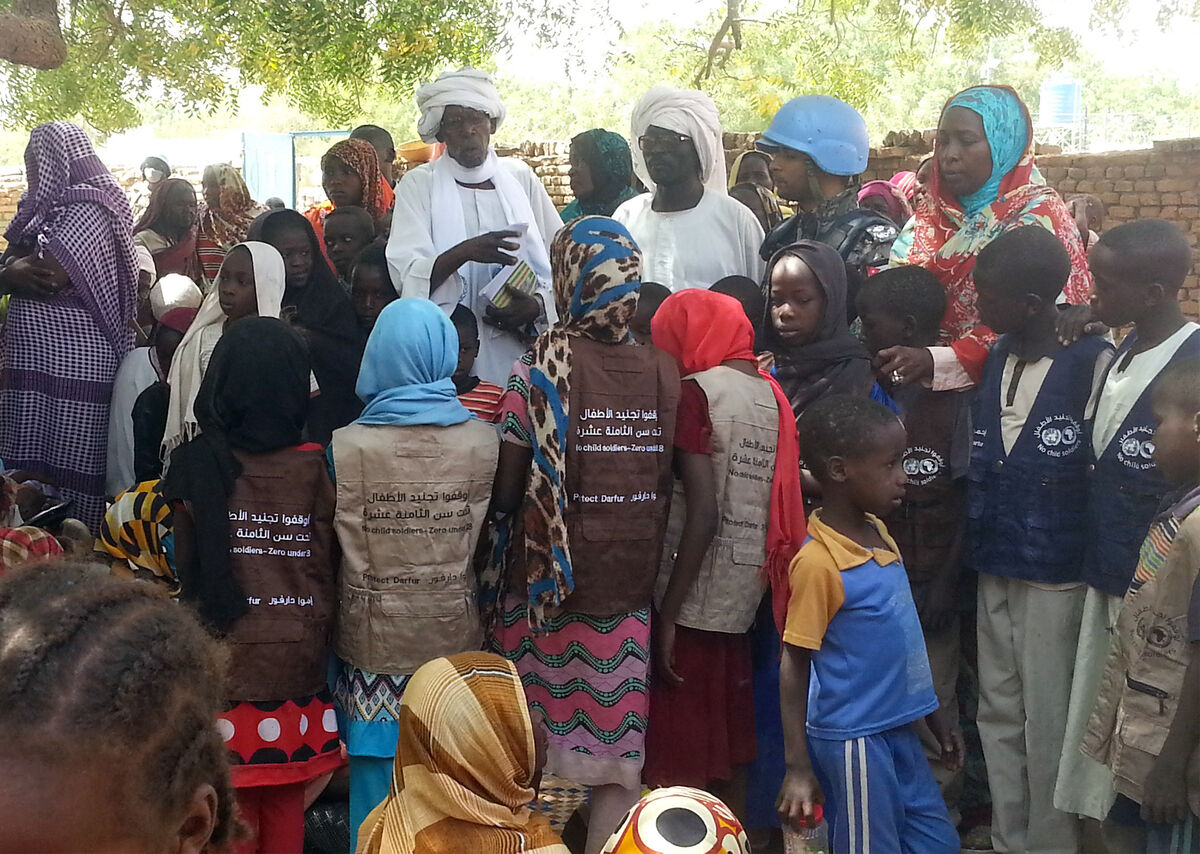Setting health plans that take health needs of the community into account
The first project that was discussed was a program of the Swiss Agency for Development Cooperation (SDC) in Tanzania where the health system was improved at local level. The project trained local health officers and they set up health plans that really took into account the health needs of the community. This was done by specifying the mandate of these officers. There were already existing structures from the health system, but they were not used as they should have been. There was also training of trainers, which were then deployed in the communities with specific health plans for each community that were more accurate and adapted for the specific local level. This project did not need external funding. Funding was already available within the system before, but it was not used the way it should have been. Also, no new structures were created by this project, as the project used the existing structures.
Even though this project was very successful, given the fact that structures and funding were available within the health system, the context may not necessarily have been very fragile in the first place.
Enhancing capacity of health committees and volunteers which ideally are integrated into the formal structure
The second example was an example from the IFRC (International Federation of Red Cross and Red Crescent Societies), concerning health committees and volunteers at local level. The IFRC built the capacity of the local people, making them more aware of the community and the problems in their communities. It helped volunteers to identify the problems at community level and to bring them up in the structures that were externally created in the purpose of analyzing those problems and identifying the needs of the community. These committees could eventually be integrated in more formal structures, but this is not always the case. External funds are needed but there is an effort to make this intervention sustainable by not only bringing hardware but also software together, for example by providing guiding roles and to build guiding capacities at the same time.

Panel discussion at the MMS Symposium 2016 (Photo: Christoph Engeli / MMS)
Engaging with the local council contributes to sustainability
The third example was from FAIRMED in West Africa, where the local council has taken the lead in managing the health services. The project aimed at building capacities to identify problems. Working with the local council has the advantages that it has the capacities to mobilize funds, but also that it has the funds for health facilities. The community was involved in paying contributions for the most vulnerable people, which were also selected by the community.
Using score-cards increases the knowledge of the community
The last example was about the use of score-cards in data collection from the community, so more data was collected and made available at community level. With this approach the community knows about the health services available, knows about the utilization of health services and can be more aware of the services available in that area.
Conclusion
The group work came to an end with a broader discussion about the (financial) sustainability of projects. Participants often find themselves working on the ground with other NGOs. If partners would work together in a more efficient and sustainable way it would bring more gains on both sides. Working together and in partnership is a challenge not easy to overcome. However bottom – up approaches do certainly lead to more sustainability.
The final conclusion was left very open, agreeing that more analysis is needed for a better understanding of the particular systems and settings and the roles of NGOs in such contexts.



